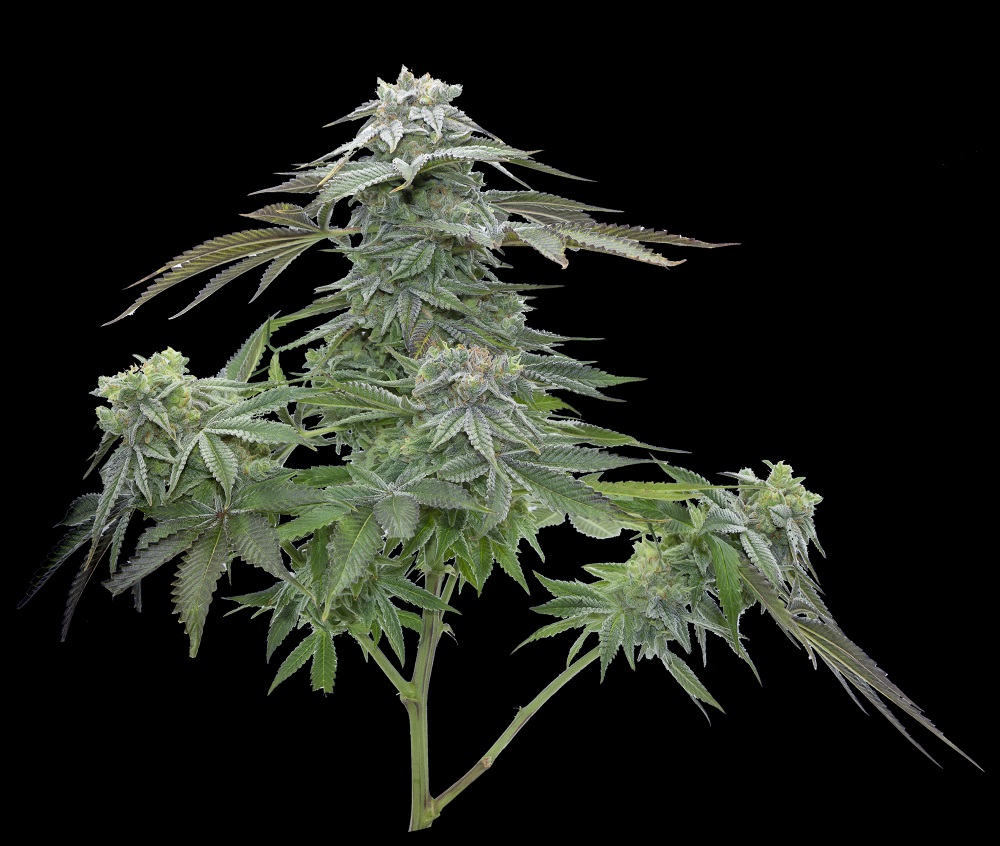
27 Nov Starting over
Sometimes you just have to start over; wipe the slate clean and begin again.
This is where we are in Washington with our testing rules. Everyone wants their cannabis to be clean and free from harmful contaminants. Everyone wants accurate science and reporting of tests.
But early on, we did a lousy PR job. There was outcry that Washington was the only state that did not test for pesticides and heavy metals, a belief that suggested to some that unregulated cannabis might be safer. That is the message medical cannabis patients picked up on when our laws ended the safe access collective gardens they relied upon.
Patients and providers found each other in the comfort and familiarity of unregulated cannabis. That community thrives outside of cannabis grown and sold under regulations, and I believe this state can serve patients better with smarter testing rules and laws that protect rather than expose them.
We actually have three processes in place for testing harmful contaminants: the Department of Health’s voluntary program, done by independent labs with self-selected samples (farmers may choose to test the entire harvest or individual lots); the Liquor and Cannabis Board’s involuntary program with the Department of Agriculture conducting the tests and the LCB collecting the samples; and finally, volunteer testing for internal purposes with self-selected samples.
There has been rulemaking in progress for more than two years to develop a mandatory testing program for pesticides and heavy metals that relies on independent labs analyzing samples selected by the growers. I have been part of those discussions. We were the first in the state to test flower for pesticides and heavy metals, but we found the Department of Health’s testing by strain by harvest too costly so we do our own internal testing on combined strains at the harvest level.
The current proposal relies on self-selection from every 10-pound lot for flower consumption, has no mandatory tests on lots heading for extraction and no tests for vape cart hardware where heavy metals too often are found.
In my opinion, no testing program will be fully trusted with self-selected samples. That is anti-science, against accepted agricultural processes and creates loopholes that are far too easy to cheat. Many smaller growers do not harvest 10 pounds of a strain so our costs will skyrocket while strain diversity will be threatened. Lot-level testing is so financially detrimental to craft-centric farmers that I fear we will be the sacrificial lambs that prove this costly rule as anti-small business.
We have the opportunity to overhaul it and start again, with history under our belts this time around. I don’t want to see the pendulum swing from no mandatory pesticide tests to testing every 10 pounds. Those of us that have figured out how to grow clean should not be penalized with over-the-top testing costs. I think there’s a sound alternative that will build trust rather than create an asterisk beside the proposed methodology.
Agricultural history proves harvest level-testing collected by a third party is the scientifically sound method to follow.
Let’s start over and get this rule right this time around. I will be happy to bring the clean slate.
Read more articles by Shawn DeNae at https://www.marijuanaventure.


